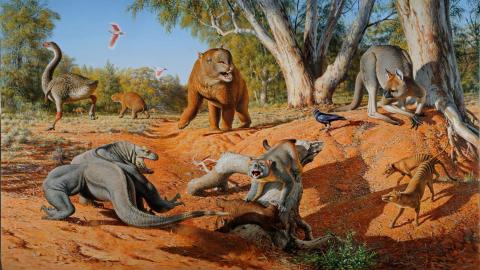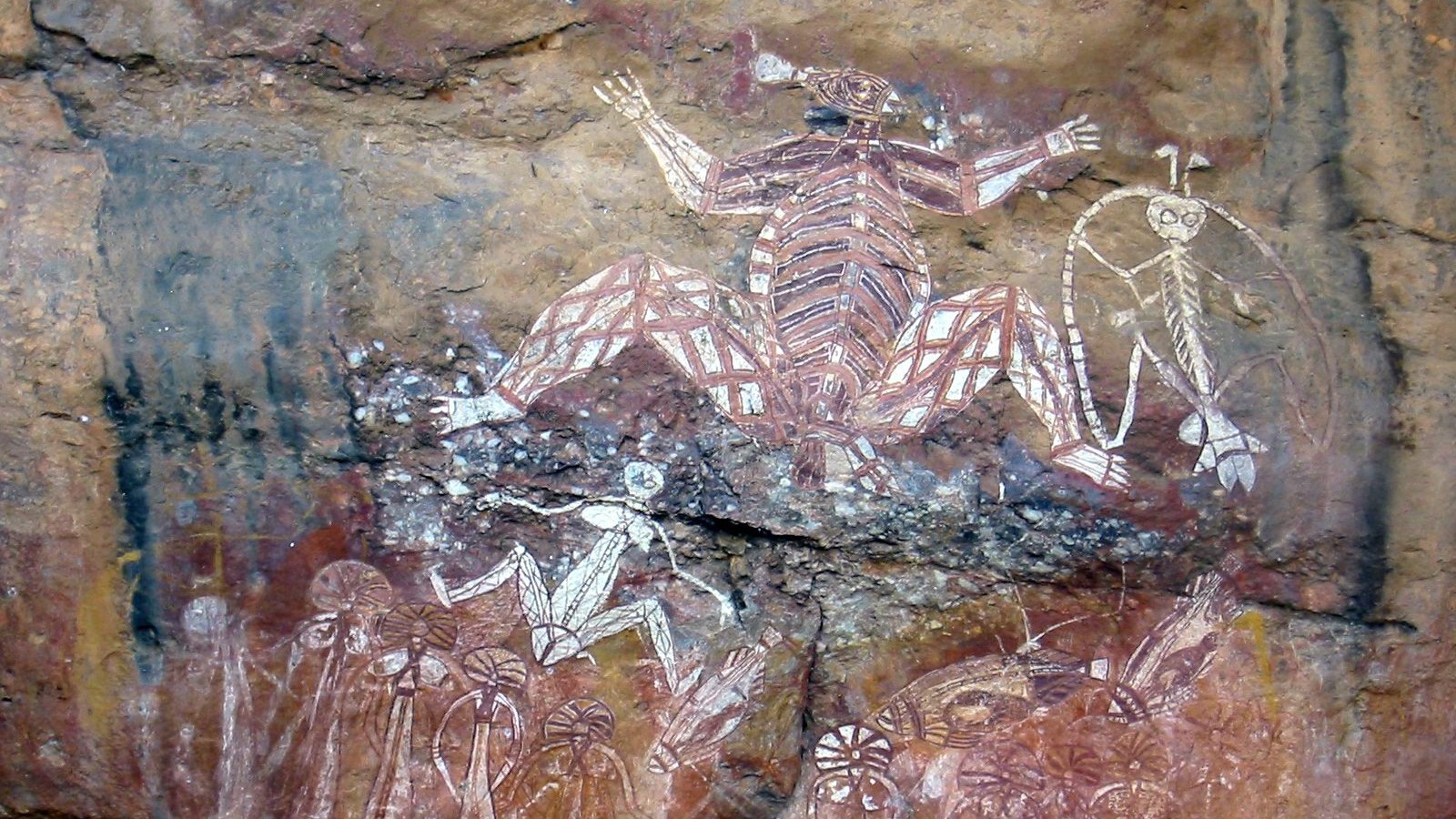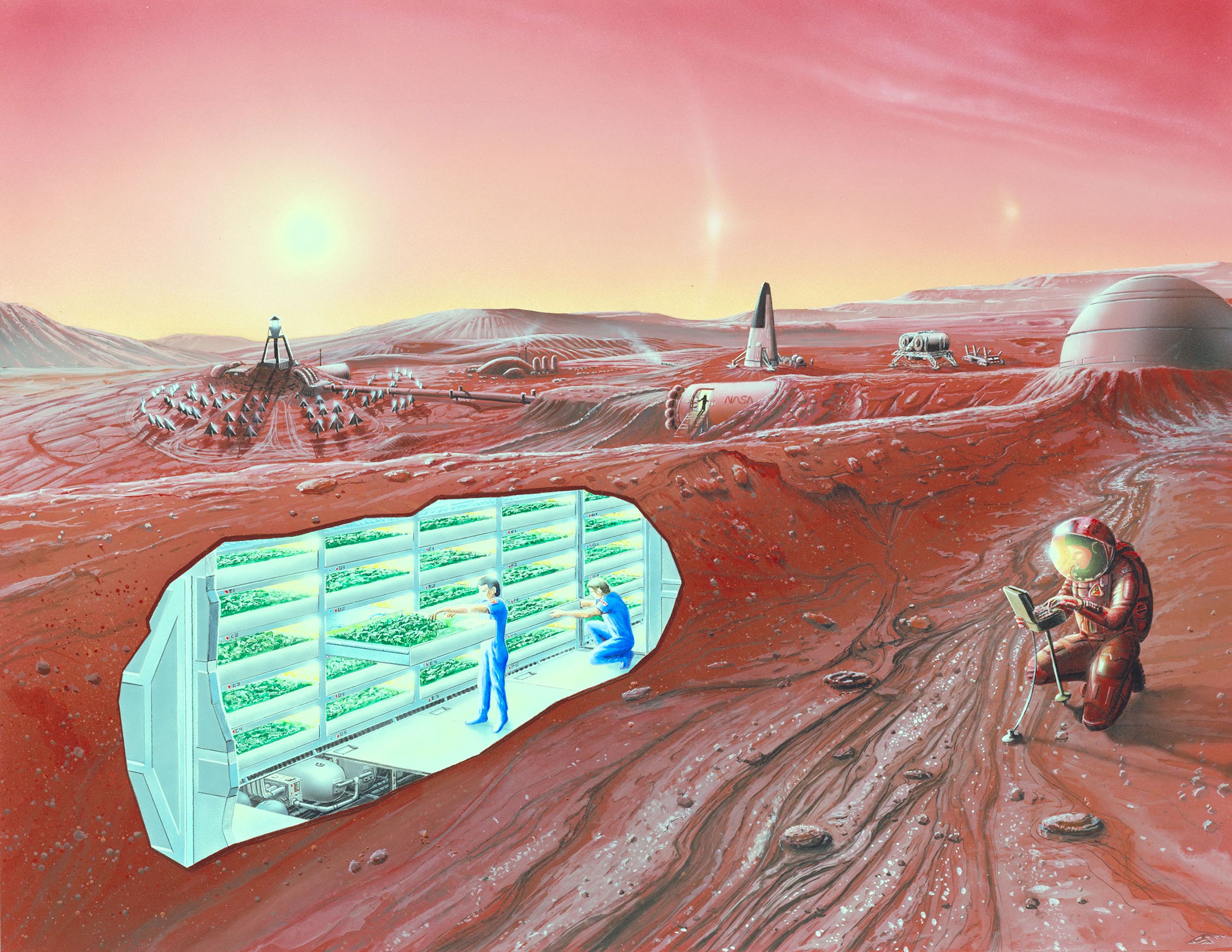Giant Australian Creatures, the Megafauna, Were Wiped Out By Humans, Not Climate Change

About 50,000 years ago giant animals called “megafauna” roamed Australia. We are talking about 1,000-pound kangaroos, 500-pound flightless birds, 25-foot-long lizards and tortoises the size of cars. And after the arrival of the first humans, more than 85% of these animals went extinct.
Scientists have previously proposed that climate change was responsible for the disappearance of the giants. Now new research from a team of international scientists from Monash University in Victoria, Australia and the University of Colorado Boulder in the U.S. proposes that humans were to blame.
The researchers analyzed information gathered from drilling into the sediment core in the Indian Ocean off the coast of Southwest Australia. The core, like an underwater time machine, is a great source of clues about the past because it is made of layers of materials blown or washed into the ocean. This includes dust, ash, pollen and spores of a fungus called Sporormiella that subsisted on the dung of plant-eating animals.
As the scientists studied the abundant fungal spores from 150,000 years ago until about 45,000 years ago, they noticed that eventually their number severely decreased.
“The abundance of these spores is good evidence for a lot of large mammals on the southwestern Australian landscape up until about 45,000 years ago,” said CU Boulder Professor Gifford Miller, who participated in the study. “Then, in a window of time lasting just a few thousand years, the megafauna population collapsed.”

Wide-scale ecosystem changes throughout the last glacial cycle (trees versus herbs) and regional megafaunal population collapse from 45 to 43.1 kyr ago (animal figures) in south-western Australia shown relative to time of human arrival on the Australian continent (stick people). Credit: Nature Communications.
What’s also surprising is that the region near the found sediment should have been rich in biodiversity.
“It’s a region with some of the earliest evidence of humans on the continent, and where we would expect a lot of animals to have lived. Because of the density of trees and shrubs, it could have been one of their last holdouts some 45,000 years ago. There is no evidence of significant climate change during the time of the megafauna extinction,” explained Miller.
In fact, earlier studies have pinned the extinction of the gigantic animals on climate change, with one theory suggesting that weather events that started 70,000 years ago transformed southwestern Australia’s landscape from a wooded environment rich with eucalyptus trees to a dry landscape with little vegetation. A 2015 study looked at the drying lakes in central Australia as evidence that the loss of water resources contributed to the disappearance of the megafauna.
Miller pins the blame on the human arrivals, who killed off the animals over a period of time in an “imperceptible overkill”. A 2016 study by Miller found that early humans in Australia cooked the eggs of an enormous 7-foot-tall bird called Genyornis newtoni.

An illustration of a giant flightless bird known as Genyornis newton fighting a predatory lizard named Megalania prisca in Australia roughly 50,000 thousand years ago. Credit: Peter Trusler, Monash University.
The current study was led by Sander van der Kaars of Monash University, who reflected on its importance this way:
“The results of this study are of significant interest across the archaeological and Earth science communities and to the general public who remain fascinated by the menagerie of now extinct giant animals that roamed the planet – and the cause of their extinction – as our own species began its persistent colonization of Earth.”
You can read the study online in Nature Communications.
Cover photo: The megafauna that inhabited Australia around 45,000 years ago. Credit: Peter Trusler, Monash University.





